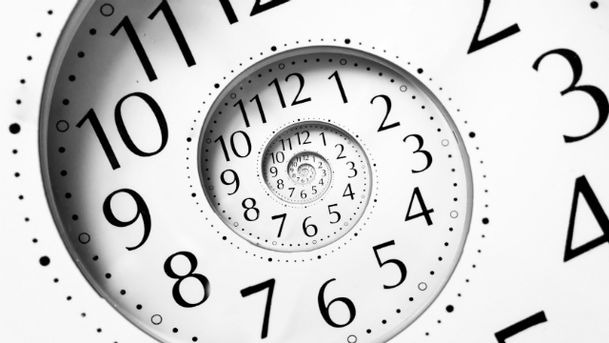- QATestLab Blog >
- QA Basics >
- How to Successfully Estimate Test Time?
How to Successfully Estimate Test Time?

Software testing as a very time-consuming and multistage process requires the executive person to adequately estimate the future time which will be spent on the work. The modern approaches to testing are changed permanently, especially with regard to its periodicity.
In the case of regression testing, new bugs may occur as well as new tasks that will cause much time and financial expenses in future. That is why the rational test time estimation should be obligatory implemented in any QA company.
Undoubtedly, it is quite difficult to maintain the thorough estimation in the case of experience absence as well as many other factors.
What Are Key Factors for the Rational Testing Estimation?
- Unstable, ever-changing test team with the different level of skills and experience. The successful time estimation is possible only in the case when a test team has an appropriate number of the equally well-grounded specialists.
- The time differences between the fulfilled tasks. It is important to remember the percentage of the time spent on rework.
- The risk and application complexity may also affect the estimation process. More complex and larger systems require more resources; hence, this cannot fail to affect the procedure.
- Requirement agility makes the QA department adapt the continuous changes which complicate the estimation.
- The poor requirements, full of inexactness and simple defects, anyway will cause the bugs in software.
Thus, before proceeding either manual testing or automated testing, a tester should analyze and describe the testing time which will be spent on the certain part of the test process.
Learn more from QATestLab
Related Posts:
- Accurate Test Estimation: Measure Thrice and Cut Once
- Control, Monitoring and Estimation in Software Testing







No Comments Yet!
You can be the one to start a conversation.